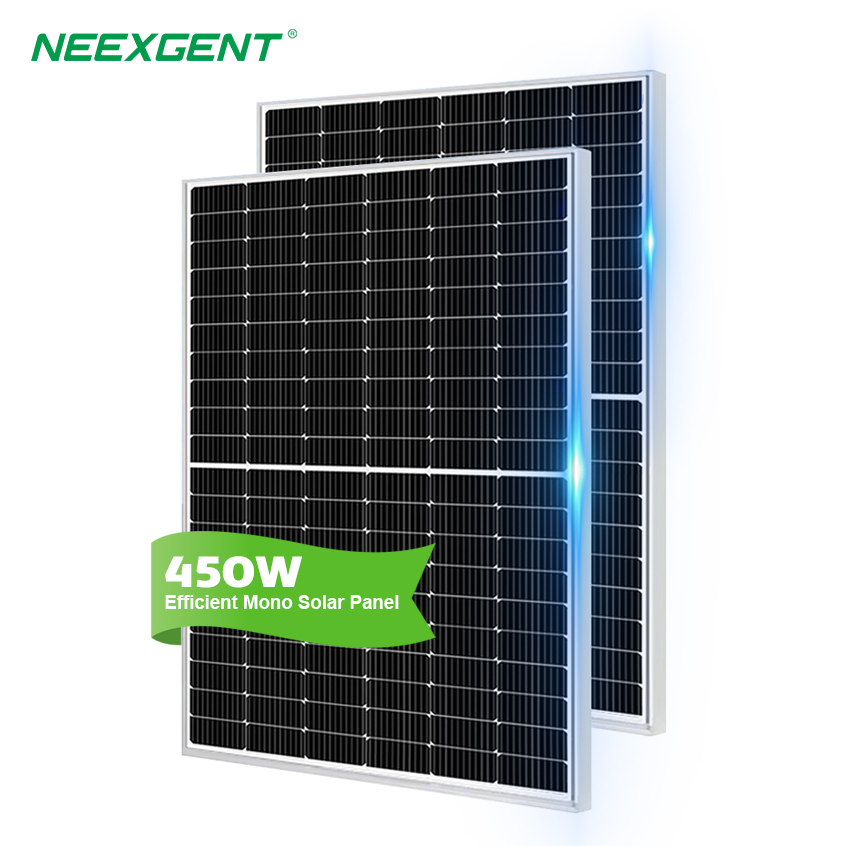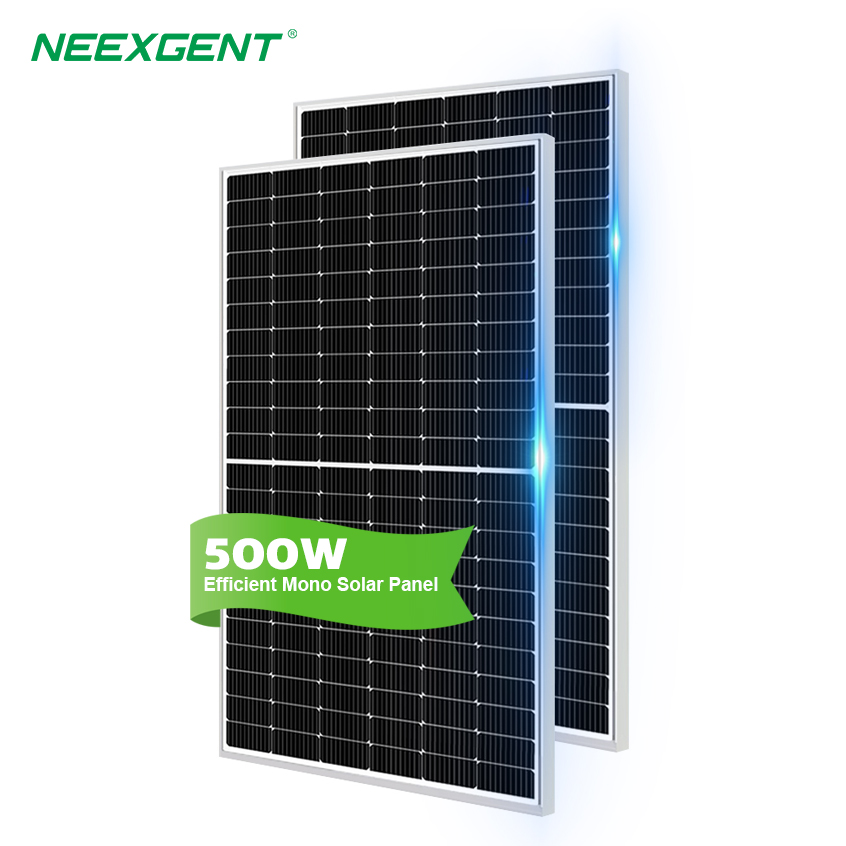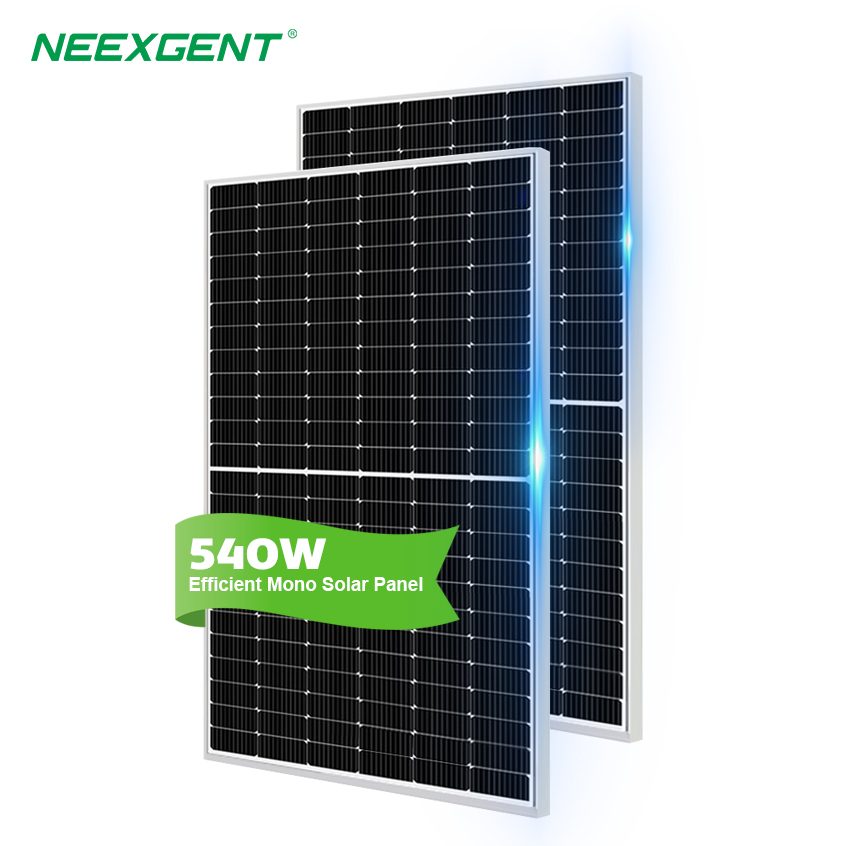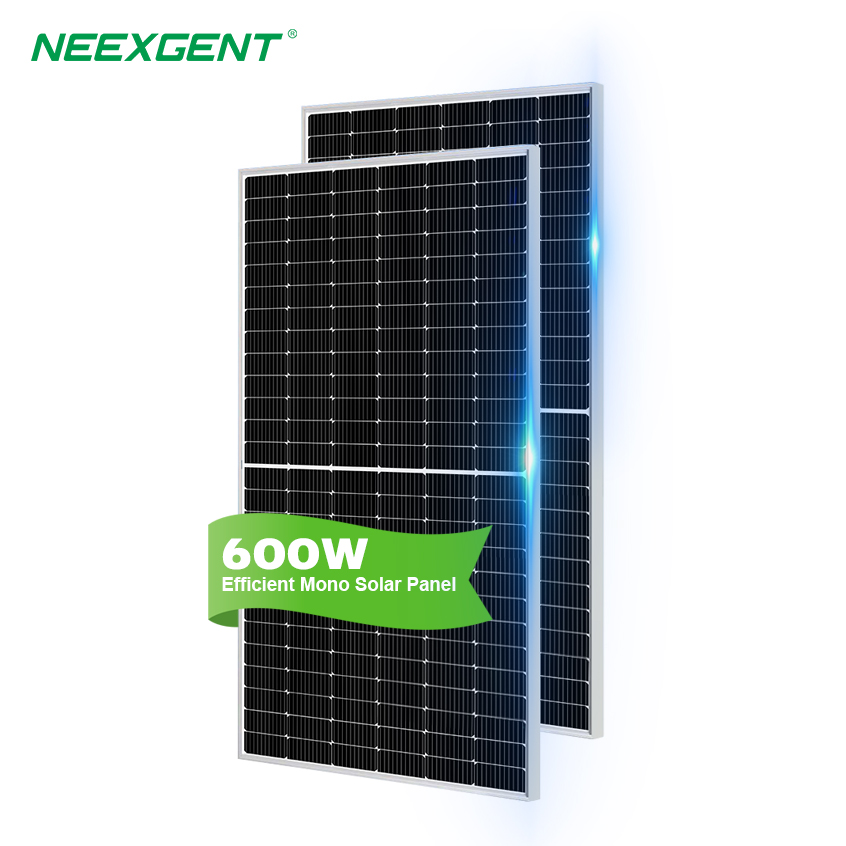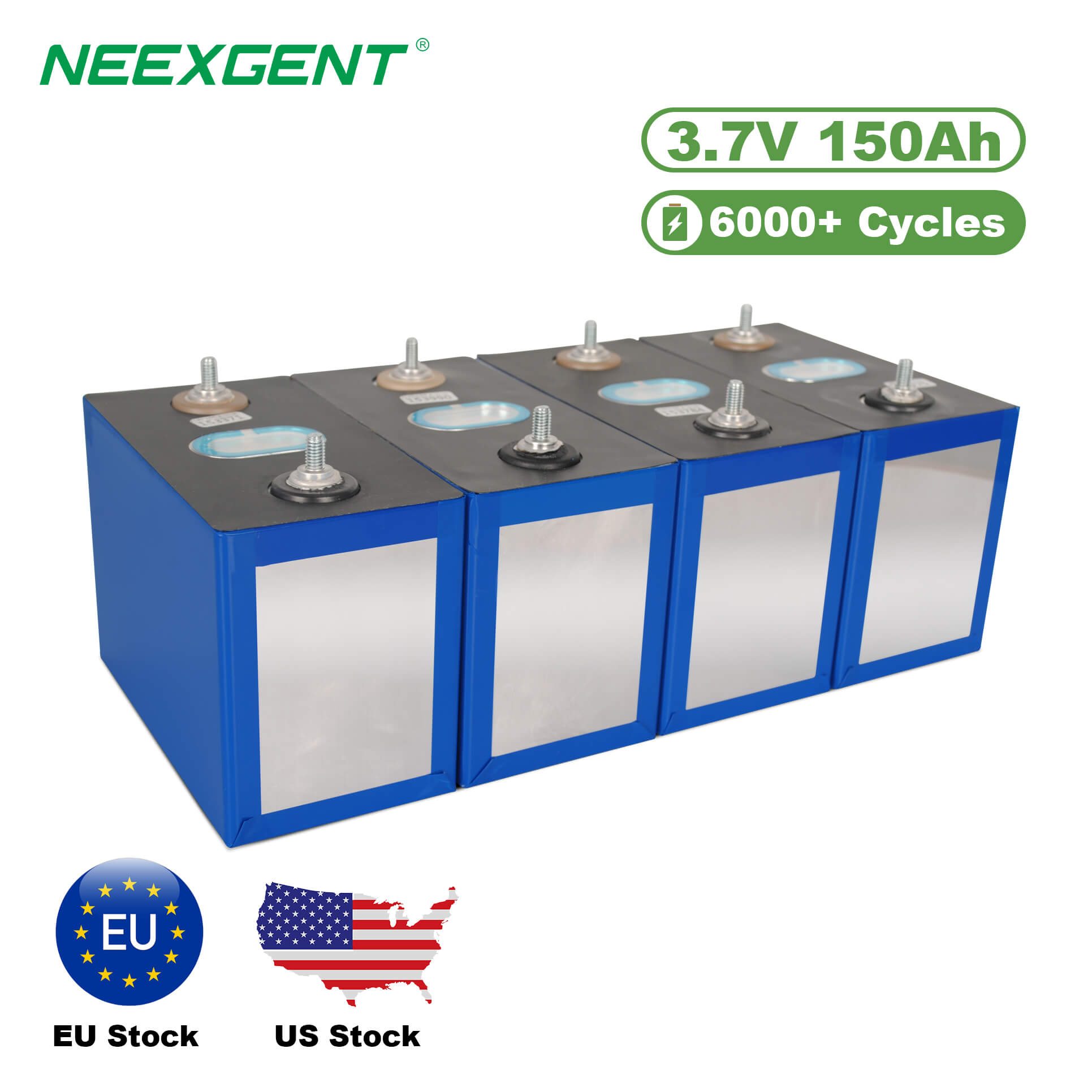Contents:
In the ongoing debate between renewable and non-renewable energy sources, coal power and solar power often represent opposing ends of the spectrum. However, despite the stark differences in environmental impact, generation methods, and long-term sustainability, coal and solar power share some common features. Both serve as sources of energy for societies and economies, playing pivotal roles in electricity generation. This article explores how these two energy sources are similar in certain aspects, shedding light on their shared characteristics in the energy market.
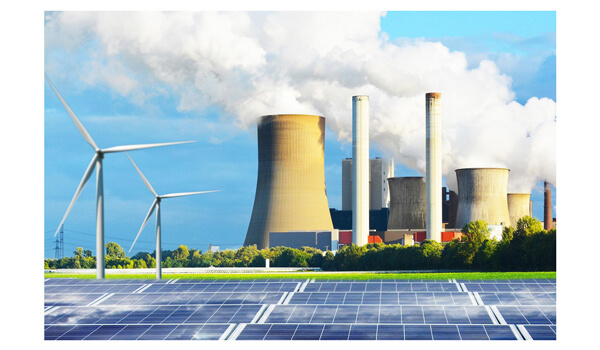
Both Are Used for Electricity Generation
Coal and solar power are both primarily used to generate electricity. Although the processes differ significantly—coal involves combustion, while solar power relies on photovoltaic cells or thermal collectors—both serve the same fundamental purpose: to provide electrical power. In regions with high coal dependence, coal plants are the primary sources of electricity generation, while solar power is increasingly being used in areas with abundant sunlight and a growing emphasis on clean energy.
Scalability
One of the major similarities between coal and solar power is their scalability. Coal power plants can vary in size from small, localized units to massive, industrial-scale plants capable of powering entire cities. Similarly, solar power systems can range from individual rooftop installations to large-scale solar farms that generate hundreds of megawatts. In both cases, scalability provides flexibility, allowing energy providers and consumers to adjust based on demand and available resources.
Contribution to National Energy Grids
Both coal and solar power contribute to national and regional energy grids. In many countries, coal plants have long been the backbone of the energy grid, providing consistent and reliable power. Solar power, though intermittent and variable, increasingly plays a role in supplementing the grid, especially in regions with high solar exposure. When combined with energy storage systems such as batteries, solar power can offer a reliable source of energy similar to coal, especially during peak demand periods or in the absence of sunlight.
Technological Advancements
Coal power and solar power have both seen significant technological advancements over time. For coal, modern plants are equipped with advanced technologies to reduce harmful emissions, such as carbon capture and storage (CCS) systems. These systems are designed to mitigate some of the negative environmental impacts of coal power. Similarly, solar power technology has improved over the years, with the efficiency of photovoltaic cells increasing dramatically. Additionally, the cost of solar panels has decreased, making solar energy more accessible to both individual consumers and large-scale commercial ventures.
| Feature |
Coal Power |
Solar Power |
| Energy Source |
Fossil Fuel |
Renewable (Sunlight) |
| Impact on Environment |
High Carbon Emissions |
Low Carbon Footprint |
| Cost |
Relatively Low Initial Cost |
Declining Over Time |
| Grid Contribution |
Stable, Continuous Power |
Variable, Intermittent Power |
Government Support and Policy
Both coal and solar power are subjects of government support and policy, though in different ways. Coal power has traditionally received subsidies and policy support due to its status as a critical energy source. However, with increasing awareness of environmental degradation and climate change, governments worldwide are moving toward reducing subsidies for coal and promoting cleaner alternatives. In contrast, solar power benefits from policies aimed at promoting renewable energy, such as subsidies for solar installations, tax incentives, and renewable energy mandates. In both cases, government policies shape the development and adoption of these energy sources.
Energy Storage Integration
Though coal power plants operate continuously, meaning they don’t rely on storage systems, solar power requires storage solutions to mitigate its intermittent nature. Both energy sources can integrate with storage systems, though in different ways. For coal, energy storage might involve large reserves of coal to ensure that power generation can continue when demand peaks or when other issues, such as fuel supply disruptions, arise. For solar, energy storage systems like lithium-ion batteries store excess energy generated during the day for use at night or during cloudy periods.
Job Creation and Economic Contributions
Both coal power and solar power contribute to job creation and economic activity, although the types of jobs differ significantly. Coal plants provide stable employment for workers in mining, plant operation, and maintenance. However, with the decline of the coal industry in many regions, these jobs are becoming less common. Solar power, on the other hand, is a rapidly growing sector that is creating jobs in manufacturing, installation, maintenance, and research and development. As the world shifts toward cleaner energy, solar energy is becoming a key driver of employment and economic development.
The Role of Coal and Solar Power in the Transition to Clean Energy
As the world moves toward cleaner energy, coal and solar power are positioned at opposite ends of the energy spectrum. Coal, as a fossil fuel, has long been a dominant player in global energy markets. However, it is also one of the largest contributors to greenhouse gas emissions and air pollution. This has led to a global push to reduce reliance on coal and transition toward cleaner alternatives.
On the other hand, solar power, as a renewable energy source, plays a crucial role in this transition. Solar power generates electricity without emitting harmful pollutants, making it a key component of efforts to combat climate change. However, the intermittent nature of solar energy presents challenges, especially in regions where sunlight is not always available. Despite this, technological innovations in energy storage and grid management are enabling solar energy to become a more reliable and scalable option.
The pace of this transition is reflected in the growth of solar energy compared to the decline of coal. Governments worldwide are setting ambitious renewable energy targets, and industries are increasingly investing in solar power infrastructure. In contrast, the coal industry is facing stagnation, with some countries committing to phasing out coal plants in favor of renewable alternatives.
Economic Impact and the Future of Energy
The economic impact of coal and solar power also differs significantly. While coal has historically been a major driver of economic growth, particularly in regions with abundant coal reserves, its long-term viability is now in question. The coal industry is facing mounting pressure due to environmental concerns, regulatory restrictions, and the declining cost competitiveness of cleaner energy alternatives.
In contrast, the solar industry is poised for significant growth in the coming decades. As technology advances and economies of scale are realized, the cost of solar power continues to fall, making it more accessible to both residential and commercial consumers. In addition, solar power has the potential to create millions of jobs in manufacturing, installation, and maintenance, contributing to the global shift toward green economies.
The growth of solar power is also opening up new markets and opportunities. Countries that once depended heavily on fossil fuels are now investing in solar infrastructure as part of their energy diversification strategies. This trend is expected to accelerate as solar power continues to become more economically competitive with traditional energy sources.
Public Perception and Acceptance
Public perception and societal acceptance of coal and solar power also influence their respective roles in the energy market. Coal power, while still deeply embedded in many economies, faces increasing opposition due to its environmental and health impacts. This has led to protests and public demands for cleaner alternatives, with many communities pushing for the closure of coal plants and the development of renewable energy projects.
Solar power, on the other hand, is widely seen as a cleaner, safer, and more sustainable energy source. As awareness of climate change and environmental issues grows, more consumers and businesses are turning to solar energy to reduce their carbon footprint. The ease of installation, declining costs, and the potential for energy independence make solar power an attractive choice for individuals and organizations alike.
In regions with high levels of solar energy, such as the Middle East, parts of Africa, and southern Europe, solar power is rapidly becoming the dominant source of electricity generation. In these areas, solar power offers both economic and environmental benefits, making it a popular choice among policymakers and the general public.
Investment in Energy Infrastructure
Investment in energy infrastructure is a key driver in the future of both coal and solar power. Coal power plants require massive infrastructure investments, from mining operations to plant construction, and maintaining these facilities involves significant long-term financial commitments. While coal power plants have long lifespans, they also face increasing operational costs due to rising fuel prices, environmental regulations, and maintenance needs. As a result, many governments and private investors are shifting their focus to renewable energy, particularly solar power.
Solar power infrastructure, on the other hand, is becoming increasingly cost-effective. The prices of solar panels have dropped significantly in recent years, making large-scale solar farms more economically viable. Moreover, as solar technology continues to improve, the efficiency of photovoltaic cells is increasing, providing more power per unit of solar panel. Governments and corporations around the world are investing heavily in solar power infrastructure to meet their clean energy goals.
The rapid expansion of solar energy infrastructure is supported by various financial models, such as green bonds and government incentives, aimed at attracting investments. Solar power offers a high return on investment, especially in regions with abundant sunlight. With lower operational costs and fewer ongoing fuel expenses, solar energy is becoming a preferred investment for long-term, sustainable energy production.
| Energy Source |
Coal Power |
Solar Power |
| Infrastructure Investment |
High Initial Investment, Long Lifespan |
Lower Initial Investment, Rapid Payback |
| Maintenance Costs |
Ongoing Maintenance, Fuel Costs |
Low Maintenance, No Fuel Costs |
| Construction Time |
Longer Construction Time |
Faster to Build (Especially Small-Scale) |
| Environmental Impact |
High Emissions, Air Pollution |
Minimal Emissions, Environmentally Friendly |
Both coal and solar power are deeply influenced by global policy trends, which are shifting toward sustainability. Many countries are setting ambitious climate goals that prioritize renewable energy sources like solar power. The Paris Agreement, for example, has pushed nations to reduce carbon emissions and transition to clean energy, which is accelerating the adoption of solar technologies.
Governments are implementing various policies to phase out coal power and incentivize renewable energy production. In regions where coal is still heavily used, the transition to solar power is being supported by subsidies, tax incentives, and renewable energy targets. These policies are designed not only to reduce greenhouse gas emissions but also to stimulate the local economy through the creation of green jobs.
International cooperation plays a crucial role in the global transition to solar energy. Collaborative efforts between countries, private companies, and research institutions have led to significant advancements in solar technology and cost reduction. Programs such as the International Solar Alliance aim to accelerate solar energy adoption in developing countries, helping them leapfrog traditional fossil fuel-based power systems and transition directly to clean energy.
Despite the shift towards solar, coal remains an important energy source in certain regions, particularly in developing economies where energy demand is growing rapidly. In these areas, there is still a need for low-cost and reliable energy sources, which coal can provide. However, as solar technology becomes more accessible and cost-competitive, coal is expected to gradually lose its foothold in these markets.
FAQs
Coal power generation relies on the combustion of coal to produce heat, which is used to generate steam that drives turbines to create electricity. It is a non-renewable energy source that emits carbon dioxide and other pollutants. In contrast, solar power generation harnesses energy from the sun through photovoltaic cells (solar panels) or solar thermal systems to produce electricity. Solar power is a renewable energy source that produces minimal emissions during operation.
Yes, solar power is far more environmentally friendly than coal power. Solar energy produces no direct emissions during operation, while coal power is one of the leading contributors to air pollution and greenhouse gas emissions, including carbon dioxide. The mining, transportation, and combustion of coal can have significant environmental impacts, while solar energy helps reduce the carbon footprint and dependence on fossil fuels.
While solar power has the potential to significantly reduce reliance on coal, it is not likely to fully replace coal power in the short term due to factors like intermittency (solar energy depends on sunlight) and infrastructure requirements. However, with advancements in energy storage and grid management, solar power can supplement and gradually replace coal in many regions, especially when combined with other renewable energy sources.
Coal power generally has lower initial capital costs for building power plants but incurs ongoing fuel costs for mining and transporting coal, as well as maintenance costs. Additionally, coal plants are subject to increasing regulatory costs due to environmental concerns. Solar power, on the other hand, has higher initial installation costs for panels and infrastructure but offers a significant advantage in the long term, as it has very low ongoing operational costs and no fuel expenses. Additionally, the cost of solar panels has dropped dramatically in recent years, making it increasingly affordable.
Coal power has several advantages, primarily in terms of reliability and capacity. Coal plants provide consistent, baseload power regardless of weather conditions or time of day. They are also scalable and can be built to meet the energy demands of large populations. However, these advantages are being challenged as the cost of solar energy continues to decline and grid storage technologies improve. Coal power’s major disadvantage is its environmental impact, which is leading many governments to transition to cleaner energy sources.

